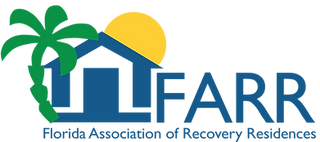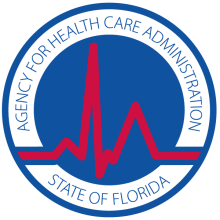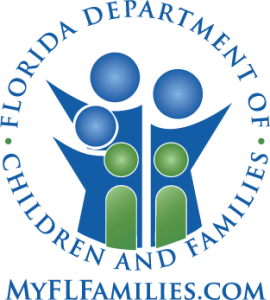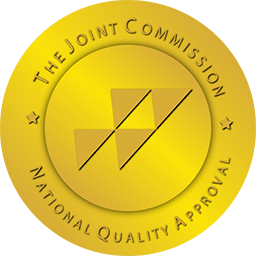Co-occurring substance use and mental disorders are more common than most people think. During the National Epidemiologic Survey on Alcohol and Related Conditions’ (NESARC) conducting of the most extensive study of co-occurring disorders in history, they found that around 20 percent of all people in the general population who have a current substance use disorder have a minimum of one current independent mood disorder. They also found that 18 percent of these individuals have a minimum of one current separate anxiety disorder.
Patients throughout the world exhibit symptoms of both a substance abuse disorder and a mental health disorder. This pairing involves combinations that range in severity and symptoms can become worse as a result of the other co-occurring issue.
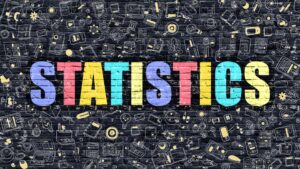 Throughout this article, we’ll discuss dual diagnosis statistics providing some insight regarding how common these co-occurring problems are. We’ll show how it impacts people across the globe and other information pertaining to these co-occurring problems.
Throughout this article, we’ll discuss dual diagnosis statistics providing some insight regarding how common these co-occurring problems are. We’ll show how it impacts people across the globe and other information pertaining to these co-occurring problems.
If you or a loved one are seeking assistance treating dual diagnosis, please contact us today by calling 1-800-626-1980.
Your call could save a life.
Dual Diagnosis Facts Published By The Substance Abuse And Mental Health Services Administration (SAMHSA)
The SAMHSA regularly publishes studies it conducts analyzing the causes, impacts, and treatment options relating to co-occuring. Here are some of the co-occurring disorder stats and facts they’ve uncovered through their research:
- The SAMHSA estimates that over the last year, approximately 17.5 million Americans over 18 years or older, around 8 percent of the adult population) had a severe mental health disorder. Out of this group, around 4 million individuals also found themselves struggling with co-occurring alcohol or drug dependency.
- Throughout a six-year period, there has been an increase in the percentage of patients attending drug rehab looking for assistance with addiction issues who also received a diagnosis of a co-occurring mental health disorder. This percentage has jumped by 4 percent, expanding from 12 to 16 percent.
- Patients typically function well in the workforce. As a matter of fact, the SAMHSA estimates that in the group of individuals working fulltime, over 10 percent have had a substance abuse problem. Also, slightly less have dealt with a severe psychological issue. Significantly fewer (just over 2 percent) received a mental health issue and drug abuse problem diagnosis.
- Working women are much less likely to struggle with drug abuse or addiction. In fact, working men are twice as likely to have a drug abuse or addiction problem. With this in mind, working women are nearly twice as likely to have had to handle severe mental health issues.
- Beyond 50 percent of people are not receiving a psychotherapeutic intervention or medical treatment to assist them in recovering.
- Out of nearly 3 million working adults living with a co-occurring disorder, around 40 percent of them have received some sort of treatment intervention for either of their disorders. Fewer than 5 percent have obtained treatment regarding both of their substance abuse and mental issues.
- One issue regarding treatment is that patients only obtain treatment for one of their problems. With this in mind, around 34 percent of the adults living with co-occurring disorders get mental health treatment, just 2 percent attend drug rehab, and only 12 percent get the appropriate treatment needed to handle both disorders.
- Co-occurring disorders occur more commonly in men than in women. Even with this being the case, the number of cases of females diagnosed and living with it has risen recently. The proportion of women attending treatment programs rose from 28 to 44 percent from 1995 to 2001.
- During the 1990s, the main substance of choice for over 50 percent of patients was alcohol. After the turn of the millennium, alcohol has become less popular. Just 45 percent of patients prefer alcohol, with 38 percent preferring to abuse other substances.
- Prescription painkillers have become significantly more popular during the 2000s. Around 21 percent of patients find themselves addicted to OxyContin, Lortab, and other prescription opiates.
- Many mental health disorders can be combined with substance abuse, including depression, schizophrenia, personality disorders, and anxiety.
- It has no chicken/egg question because either the substance abuse or mental illness can come first. While the development of one issue doesn’t always increase a person’s risk of developing a co-occurring disorder, if a mental health disorder happens initially, going without treatment for the symptoms could result in the patient trying to self-medicate with substance abuse. Ultimately, this can lead to a co-occurring substance abuse disorder.
- Symptoms derived from one of the disorders typically results in symptoms of the other disorder becoming worse.
- Seeking treatment for co-occurring disorders can include therapy, medication, support groups, behavioral intervention, and long-term follow-up care.
- While a single set of characteristics defining a patient doesn’t exist, there are some diagnostic criteria. Patients who are chronically addicted to drugs or alcohol and showcase symptoms classifying them with a mental health issue generally receive treatment.
Other Facts
- The typical patient is male, aged 25 to 50, and working. Even though this is the norm, patients can be women, men, working, unemployed, out of work as a result of disability or retirement, poor, rich, or living anywhere in the world.
- According to the National Alliance of Mental Health (NAMI), some populations have an increased risk of developing a co-occurring disorder. These groups include patients with general medical illnesses, men, low socioeconomic people, and military veterans.
- Throughout a 6-year period, 4 percent more programs offer treatment. With this rise, we’re seeing more patients getting the help they need than ever before.
Looking for help treating a dual diagnosis in Florida? Have our expert staff members manage your diagnosis at our professional treatment facilities. If you or someone you love are seeking assistance, please contact us today by calling 1-800-626-1980.











